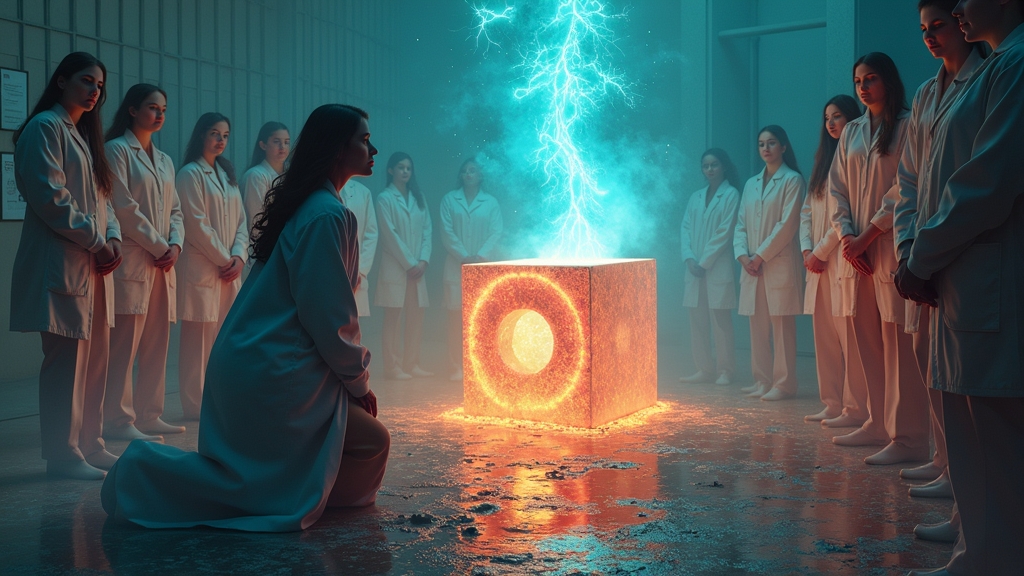MIT Engineers Discover New Way to Grow Computer Chips Higher Than Your Standards
In a historic move destined to revolutionize the tech industry and leave laypeople befuddled, MIT engineers have announced that they’re stacking computer chips like a skyscraper—because who wouldn’t want to cram more complex calculations into their Netflix-streaming, cat-video-watching devices?
For years, the electronics industry has been facing a limit on cramming more transistors onto a single chip surface without making them invisible to the naked eye. Instead of facing the reality of this progressive game of technological Tetris, researchers decided that adding additional layers, like a bizarre high-tech architectural feat, was the reasonable next step. “It’s like we’re turning a ranch house into a high-rise,” noted one engineer, who likely lives in an underground bunker filled with wires and Mountain Dew.
The colossal breakthrough? Engineers have managed to rid themselves of silicon, that prehistoric relic that makes up 90% of Earth’s crust, to go silicon-less, stacking layers of high-performance transistors directly on top of each other. “We felt bad for all the silicon lying around, not living up to its potential,” said Jeehwan Kim, an MIT mechanical engineer who may or may not have a personal vendetta against sand.
This revolutionary idea hinges on an intricate dance of metallurgy and mystical atom-weaving, taking notes from blacksmiths who pour molten metal to form crystal structures with divine precision. Using temperatures lower than that of Mercury’s summer vacation, the engineers were able to encourage the growth of single-crystalline materials at a level slightly above room temperature, thereby sparing the fragile souls of underlying circuitry.
In their cunning bid to outwit the laws of physics and backyard thermodynamics, the MIT team even involved wily elements like tungsten diselenide and molybdenum disulfide, which sound like comprehensive spells from “Harry Potter” or rejected plot devices from “The Avengers.”
Skeptics are apt to ask: why bother with these skyscraper-chip monstrosities at all? Well, the MIT team claims that this optical stacking magic trick could lead to laptops and wearables as fast as today’s supercomputers, enabling them to outsmart humanity and possibly achieve sentience.
If you imagined a chip designed with Lego for tech nerds, that’s essentially what these MIT dreamers have created. “Honestly, it feels like we’re living in an episode of *The Jetsons*,” remarked a nearby undergraduate, who had wandered into the lab by accident and mistook the whiteboards for a modern art installation.
And just when you thought we’d reached peak ridiculousness, it gets better: Kim has spun this dizzying silicon-free reality into a new commercial venture, FS2 (Future Semiconductor 2D materials), the aptly named startup devoted to fulfilling all corporate fantasies of adding unnecessary complexity to everyday gadgets.
As technology keeps climbing to high-rise heights, we’re left sitting in the dust, clutching our single-layer chips, and wondering if we’re really any closer to figuring out what in the hell a “transition-metal dichalcogenide” is in the first place.





